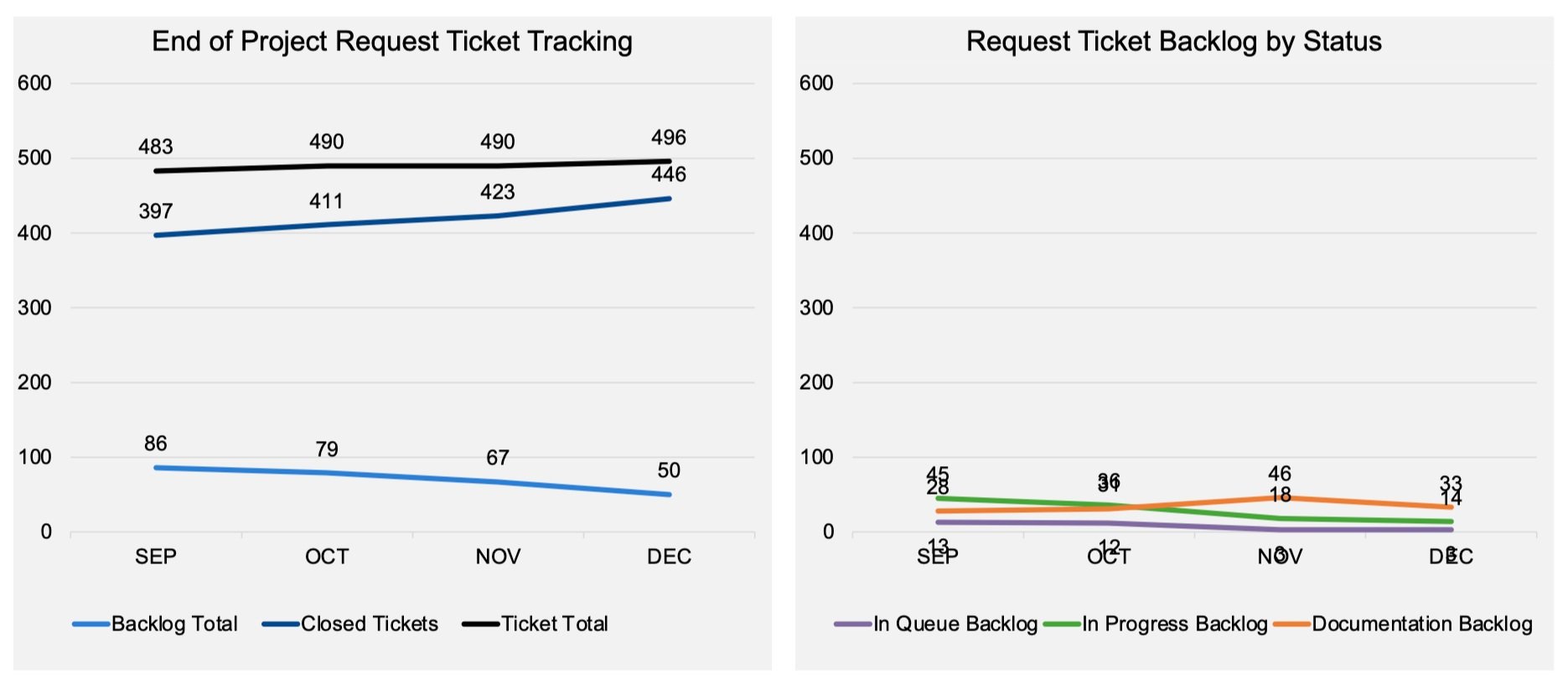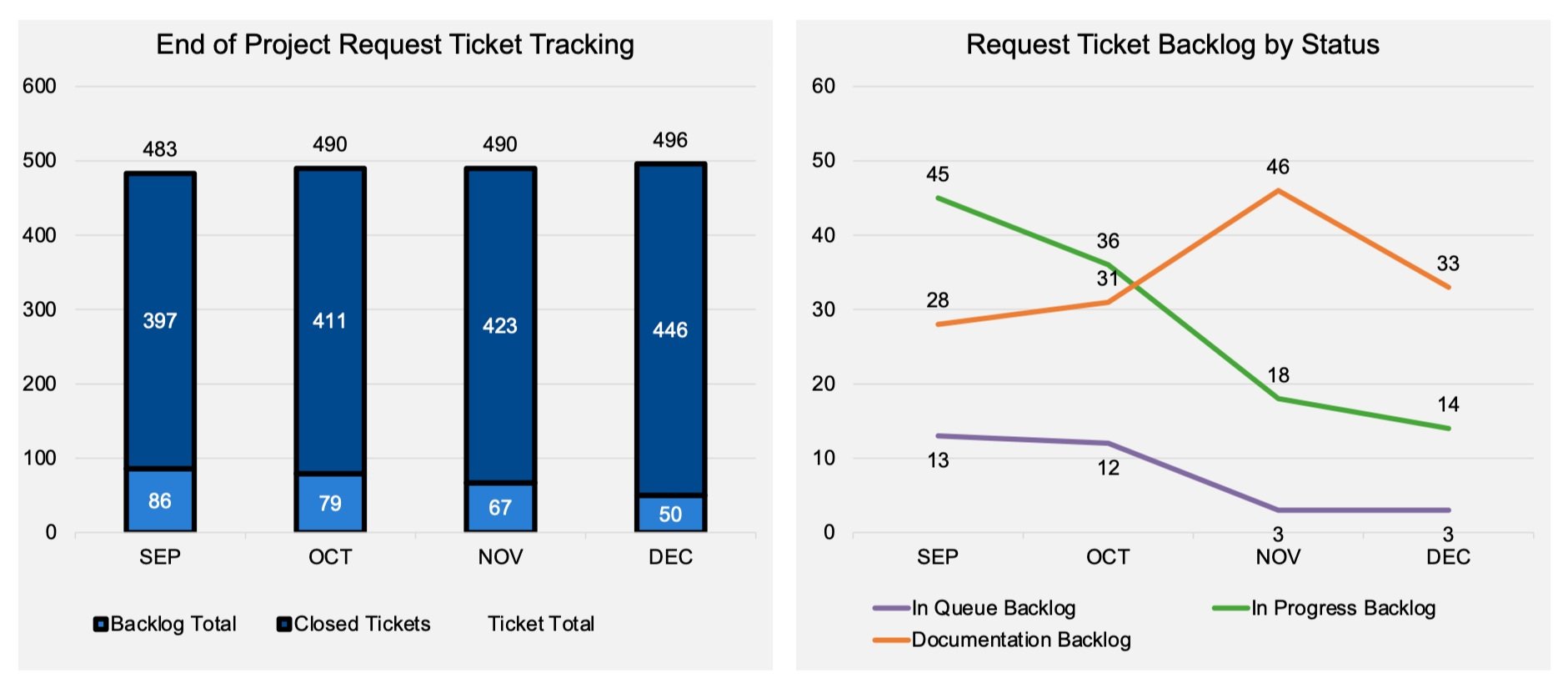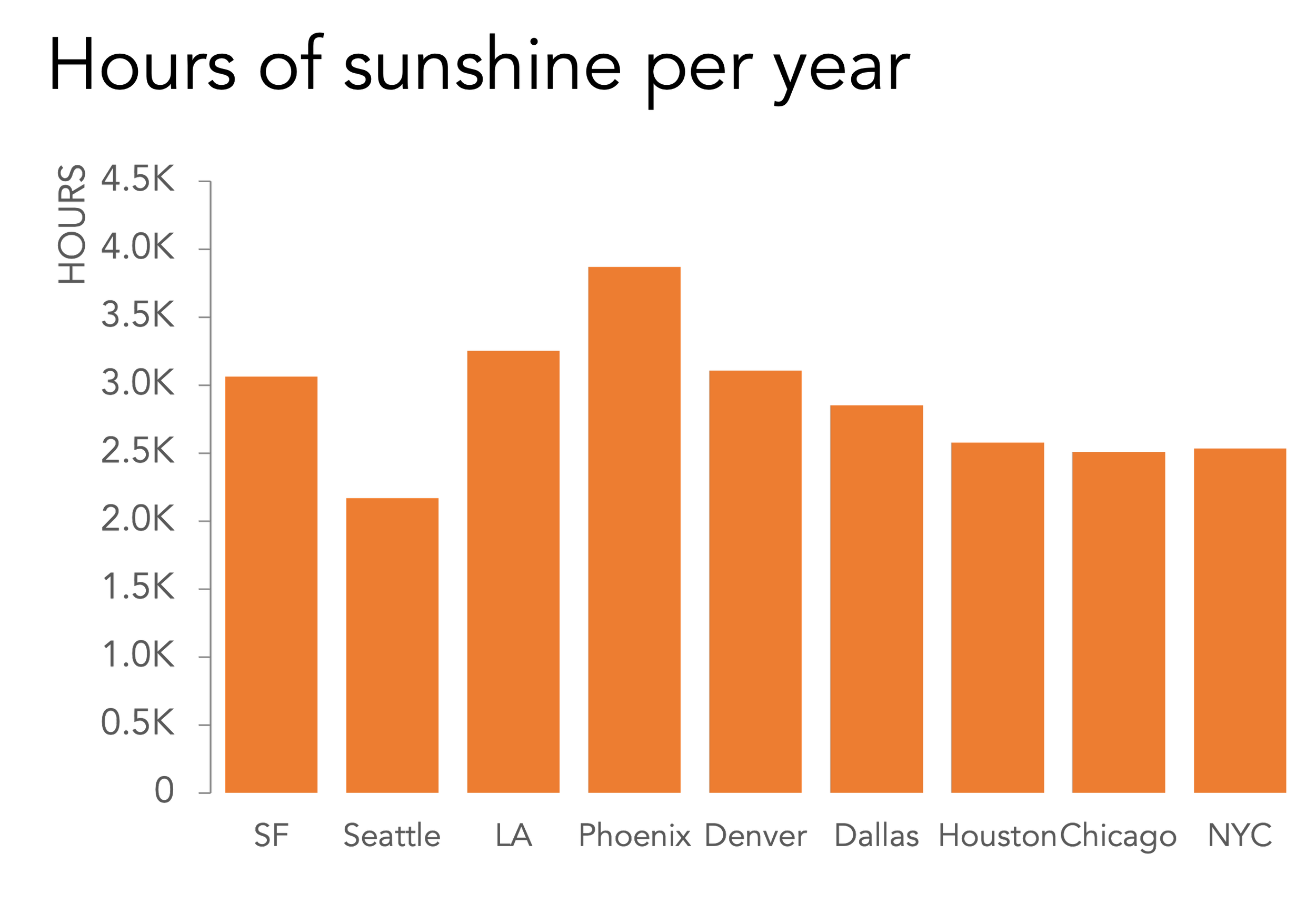#SWDchallenge: when every point matters
The visualisation tools we have at our disposal do a great job of summarising our data. We can aggregate it ourselves with formulas (like averages, counts or sums) or we can let a viewer apply filters to customise the view. These techniques can make a visual more digestible for our audience.
Occasionally, we might find it tempting to share all of the data in its purest form, with no aggregation or restriction. In most cases, it doesn’t make practical sense to share all this information in one visualisation. (A good friend once told me—when I tried to visualise every professional golfer’s tee-off shot over the course of ten years—it can resemble “a hot mess.”)
Quite some years ago now, I succumbed to the temptation of sharing everything. I built and proudly presented a scatter plot showing the performance vs the activity of 300 individual sales people. I can still picture the raised eyebrows and titling heads of my audience, as they struggled to make sense of the page in question. I can assure you, it isn’t a cherished memory.
As I reflect, though, I don’t believe that the visual was necessarily the wrong choice. My downfall was in failing to clarify the insights I had observed when analysing the content. I could have pointed out the sales reps in a particular area who were struggling, highlighted the individuals who valued sales over activity, or drawn attention to those who spent too much time talking with clients without ever closing the deal.
Challenge
Using a data set of your choice, create a visualisation that shares the data in its purest, unaggregated form. (For example, instead of showing a count of customers per region, each customer should be represented. Or, to provide a non-business example, rather than sharing the average number of shots per game a soccer striker has taken, plot the location of each of these shots.)
But, here comes the critical part of the challenge! Don’t fall into the trap I did by sharing this content without a clear message and risk overwhelming your audience. Ensure your design delivers a compelling message, using whatever techniques you prefer to make that insight clear.
Share your designs in the community by May 31st at 5 PM PT. If there is any specific feedback or input that you would find helpful, include that detail in your commentary.
Related Resources
Resources are light for this month’s challenge so get creative and design something original and unique to you. If you need help getting started, check out this list of publicly available data sources. You’re also welcome to use a real work example if you can anonymise appropriately. (if there are other great examples you’d like to share, feel free to include links in your submission commentary).





















